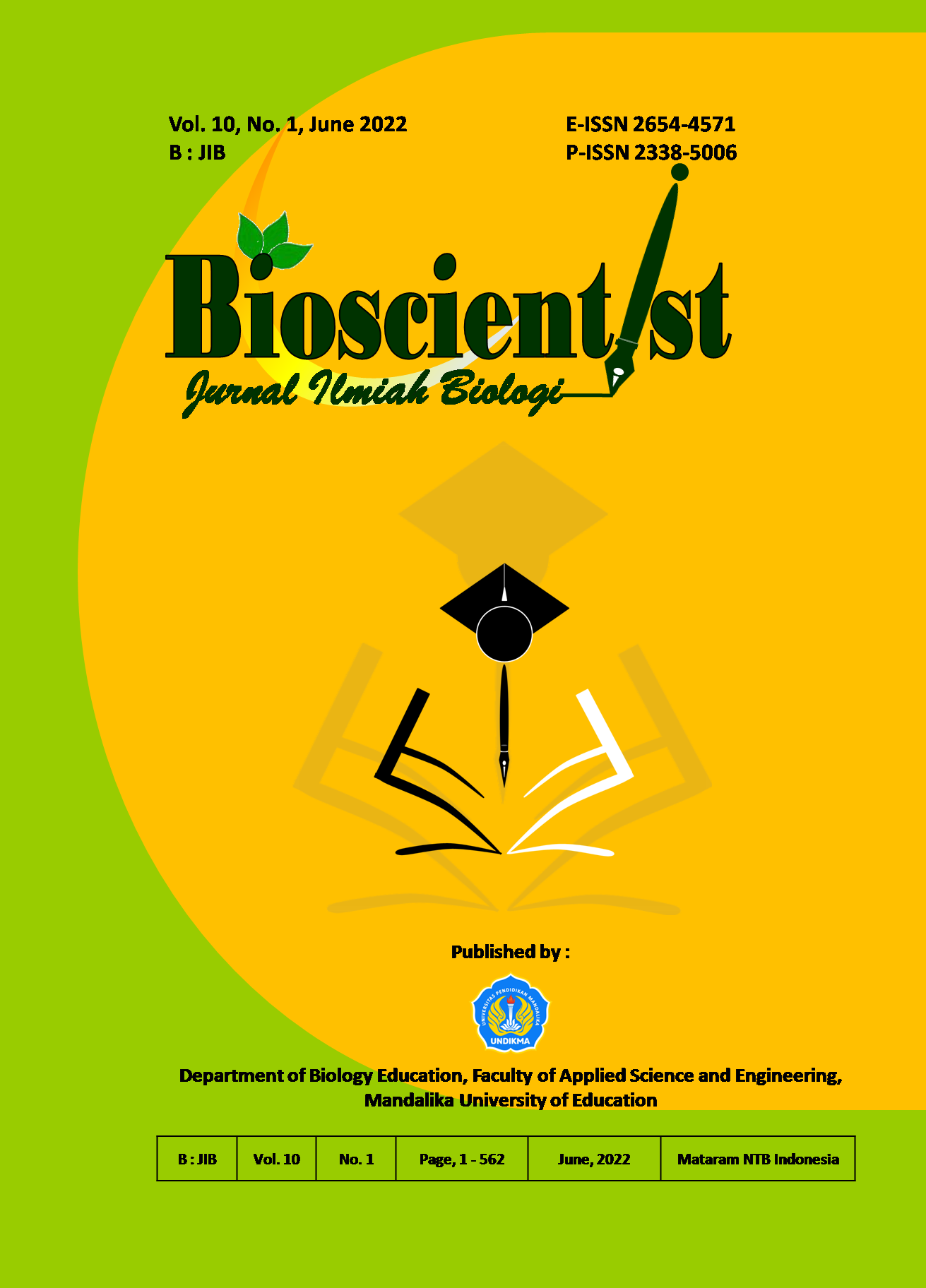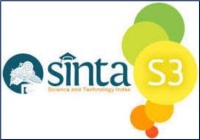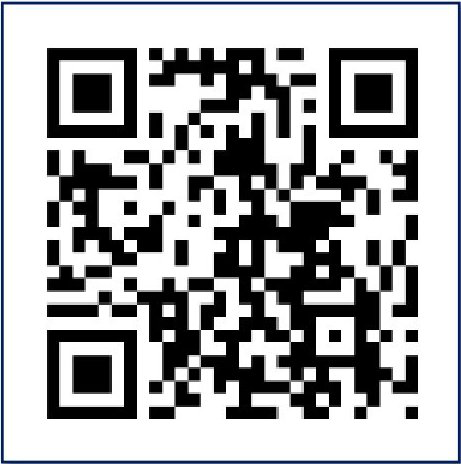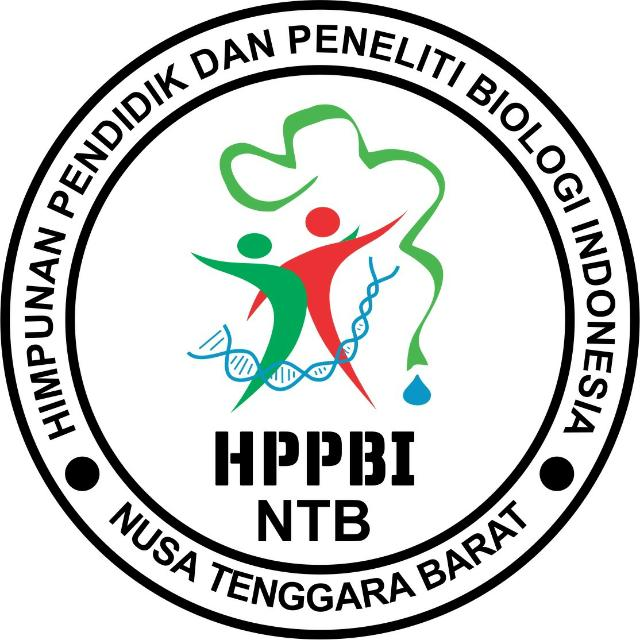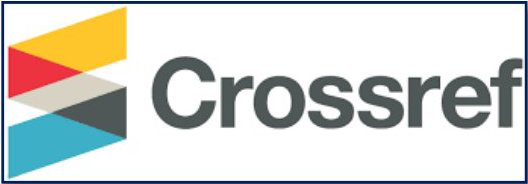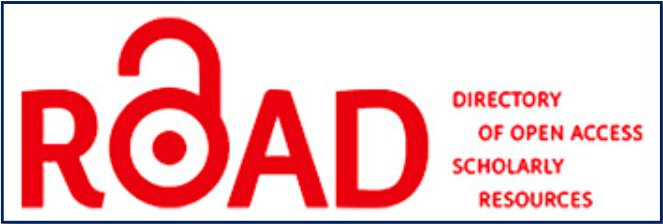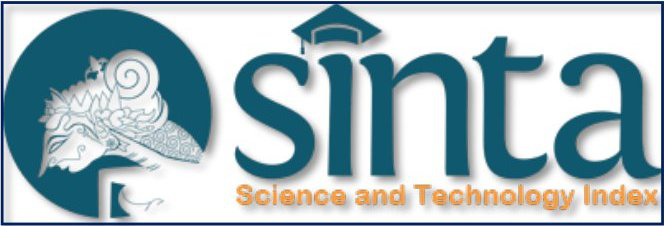Potensi Daya Hambat Filtrat Zat Metabolit Actinomycetes dari Kebun Raya Bogor terhadap Pertumbuhan Candida albicans dan Malassezia furfur
DOI:
https://doi.org/10.33394/bioscientist.v10i1.4792Keywords:
Actinomycetes, Inhibition, Filtrate, Metabolites.Abstract
Candida albicans and Malassezia furfur are types of fungi that often cause infections in humans. Widespread fungal infections and lack of therapeutic options can develop fungal resistance and become serious problems in the future. Actinomycetes are Gram-positive bacteria that can produce secondary metabolites such as antifungal, antibacterial, and anticancer. The study aimed to determine the effectiveness of the metabolite filtrate Actinomycetes as an antifungal agent against the in vitro growth of C.albicans and M. furfur. This type of research is a laboratory experimental study with a post-test group design only using metabolite concentrations Actinomycetes of 25%, 50%, 75%, 100%, antifungal testing is done using the agar diffusion method on Sabouraud Dextrose Agar Media. Of the four concentrations, the average diameter of the clear zone for C.albicans is 11.65mm; 12.48mm; 13.63mm and 13.80mm and for M.furfur is 6,025mm; 8,05mm; 9,1mm and 9,9mm. There was a significant difference between each treatment group with a p-value of < 0.05. The compound Metabolite filtrate Actinomycetes derived from Actinomycetes can potentially be antifungal with one of its mechanisms binding to ergosterol in the cell wall that will interfere with the integrity of the fungal cell wall.References
Adiguna, M.S. (2013). Dermatomikosis Superfisial Edisi 2. Jakarta : Balai Penerbit Fakultas Kedokteran Universitas Indonesia.
Akbar, R.A., Ryandini, D., dan Kusharyati, D.F. (2017). Potensi Aktinomisetes Asal Tanah Perakaran Mangrove Segara Anakan Cilacap sebagai Penghasil Antifungi terhadap Yeast Patogen Candida albicans. Journal of Tropical Biodiversity and Biotechnology. 2(2), 39-44.
Aminnullah, R., Bahar, M., Muktamiroh, H., Sandra, O. (2020). Effectiveness of Actinomycetes Isolates from Bogor Botanical Gardens Land as Antifungal against Candida albicans Growth in Vitro. BIOEDUSCIENCE: Jurnal Pendidikan Biologi Dan Sains, 4(1), 90-96.
Apsari, A.S., dan Adiguna, M.S. (2013). Resistensi Antijamur dan Strategi untuk Mengatasi. Journal of Media Dermato-Venerologica Indonesia, 40(2), 89-95.
Argentina, F., Rusmawardiana., Thaha, M.A., dan Tjekyan, R.M.S. (2016). Nilai Diagnostik Larutan Chicago Sky Blue pada Pitiriasis Versikolor di RSUP Dr. Mohammad Hoesin Palembang. Journal of Media Dermato-Venerologica Indonesia, 43(1), 12-24.
Bahar, M., dan Zulfa, F. (2018). Potention of Antibacterial Isolat Actinomycetes to Proteolitic and Amilolitic Activity Escherichia Coli ATTC 25922. Jurnal Teknologi Laboratorium, 7(1), 25-30.
Barka, E.A., Vatsa, P., Sanchez, L., Vaillant, N.G., Jacquard, C., Klenk, H.P., Clément, C., Ouhdouch, Y., and Wezel, G.P.V. (2016). Taxonomy, Physiology, and Natural Products of Actinobacteria. Microbiology and Molecular Biology Reviews : MMBR, 80(1), 1-43.
Karray, M., and McKinney, W.P. (2020). Tinea Versicolor. Florida : Stat Pearls Publishing.
Katzung, B.G., Masters, S.B., and Trevor, A.J. (2012). Basic and Clinical Pharmacology 12th edition. New York : McGraw-Hil.
Keikha, N., Mousavi, S.A.A., Bonjar, G.H.S., Fouladi, B., dan Izadi, A.R. (2015). In vitro antifungal activities of Actinomyces species isolated from soil samples against Trichophyton mentagrophytes. Current Medical Mycology, 1(3), 33-38.
Krzesniak, K.J., Mateusiak, A.R., Guspiel, A., Ziemska, J., and Solecka, J. (2018). Secondary Metabolites of Actinomycetes and their Antibacterial, Antifungal and Antiviral Properties. Polish Journal of Microbiology, 67(3), 259-272.
Kundu, R.V., and Garg, A. (2012). Yeast Infections: Candidiasis, Tinea (Pityriasis) Versicolor, and Malassezia (Pityrosporum) Folliculitis. In Fitzpatrick’s Dermatology in General Medicine (8th ed.). New York : McGraw-Hil Companies.
Maataoui, H., Iraqui, M., Jihani, S., Ibnsouda, S., and Haggoud, A. (2014). Isolation, Characterization and Antimicrobial Activity of a Streptomyces Strain Isolated from Deteriorated Wood. African Journal of Microbiology Research, 8(11), 1178-1186.
Nurjanah., Rahmawati., dan Nurhidayat., N. (2019). Skrining Isolat Bakteri Actinomycetes dari Sumber Air Panas Ai ’Sipant Lotup yang berpotensi sebagai Agen Antifungi terhadap Fungi Malassezia sp. (M1). Jurnal Protobiont, 8(2), 104-109.
Radityastuti., dan Anggraeni, P. (2017). Karakteristik Penyakit Kulit Akibat Infeksi di Poliklinik Kulit dan Kelamin RSUP Dr. Kariadi Semarang Periode Januari 2008 – Desember 2010. Media Medika Muda, 2(2), 137-142.
Saunte, D.M.L., Gaitanis, G., Hay, R.J. (2020). Malassezia-Associated Skin Diseases, the Use of Diagnostics and Treatment. Frontiers in Cellular and Infection Microbiology, 10(112), 1-10.
Siregar, R.S. (2015). Atlas Bewarna Saripati Penyakit Kulit edisi 3. Jakarta: EGC Medical Book Store.
Soleha, T.U. (2016). Pitiriasis Versicolor Ditinjau dari Aspek Klinis dan Mikrobiologis. JK Unila, 1(2), 432-435.
Vartak, A., Mutalik, V., Parab, R.R., Shanbhag, P., Bhave, S., Mishra, P.D., and Mahajan, G.B. (2014). Isolation of a New Broad Spectrum Antifungal Polyene from Streptomyces sp. MTCC 5680. Letters in Applied Microbiology, 58(6), 591-596.

